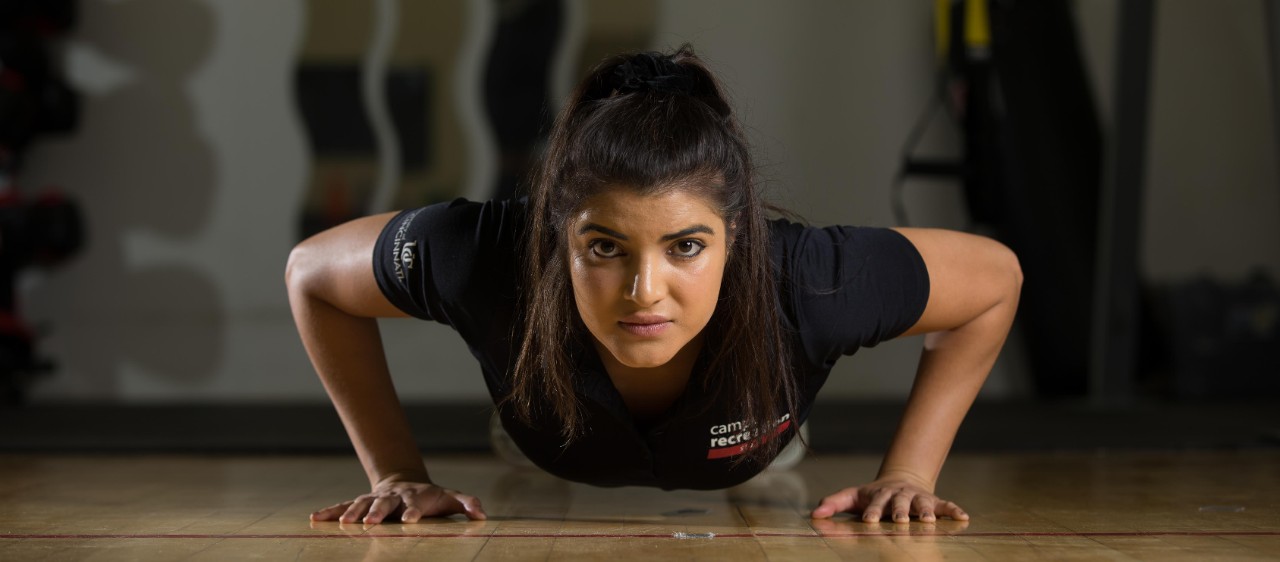
Brain and body exercises boost cognitive and physical performance in seniors
Biomedical engineering student talks about benefits of pairing cognitive, physical exercise
Local 12 highlighted a study by students at the University of Cincinnati that examined the benefits of pairing cognitive and physical exercise.
Doctoral student M.K. Wintz is studying biomedical engineering in UC's College of Engineering and Applied Science. Wintz said researchers are finding that dual-task exercises can lead to less brain fog, improved attention and even better memory.
Wintz is examining the topic at the Activate Brain and Body Fitness Center, where researchers worked with volunteers who dedicated their time exclusively to exercise and those who incorporated cognitive tasks in their exercise such as using a light board that requires users to press colorful buttons in sequence.
Wintz told Local 12 that the results suggest that adding cognitive tasks to workouts benefits participants, who fared better on the study's physical, cognitive and dual-task measures.
“I actually thought before I started with Activate that I was feeling maybe I was on the downhill slide of life and I don't feel that way anymore,“ participant Martha Hadley told Local 12.
Featured image at top: A UC student works out. Researchers say adding cognitive exercises to a workout can lead to better physical and cognitive health. Photo/Lisa Ventre/UC

Local 12 talked to UC doctoral student M.K. Wintz about a study examining the benefits of adding cognitive exercises to physical ones for better health. Photo/Local 12
Related Stories
Sugar overload killing hearts
November 10, 2025
Two in five people will be told they have diabetes during their lifetime. And people who have diabetes are twice as likely to develop heart disease. One of the deadliest dangers? Diabetic cardiomyopathy. But groundbreaking University of Cincinnati research hopes to stop and even reverse the damage before it’s too late.
Is going nuclear the solution to Ohio’s energy costs?
November 10, 2025
The Ohio Capital Journal recently reported that as energy prices continue to climb, economists are weighing the benefits of going nuclear to curb costs. The publication dove into a Scioto Analysis survey of 18 economists to weigh the pros and cons of nuclear energy. One economist featured was Iryna Topolyan, PhD, professor of economics at the Carl H. Lindner College of Business.
App turns smartwatch into detector of structural heart disease
November 10, 2025
An app that uses an AI model to read a single-lead ECG from a smartwatch can detect structural heart disease, researchers reported at the 2025 Scientific Sessions of the American Heart Association. Although the technology requires further validation, researchers said it could help improve the identification of patients with heart failure, valvular conditions and left ventricular hypertrophy before they become symptomatic, which could improve the prognosis for people with these conditions.
